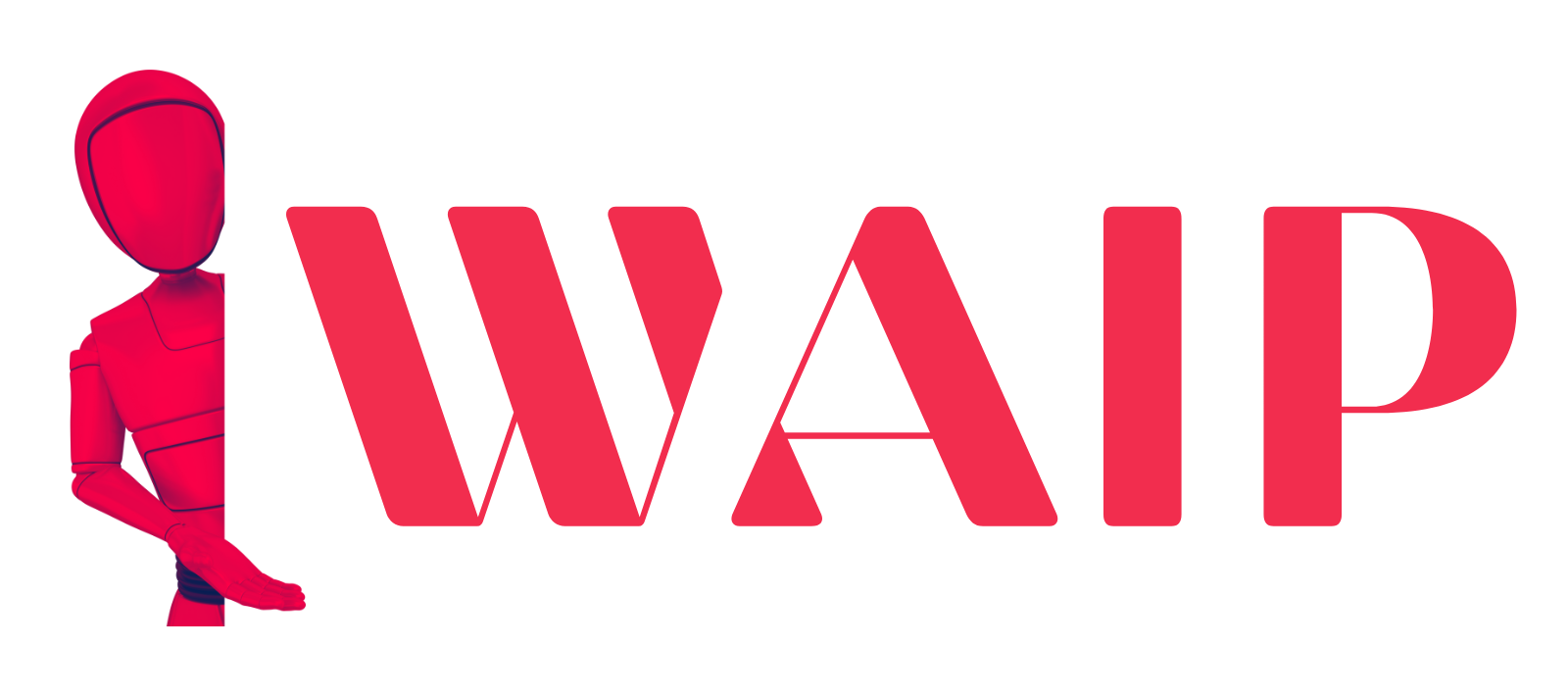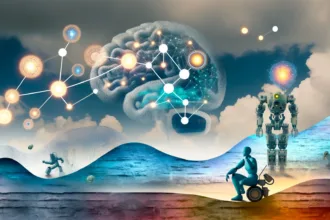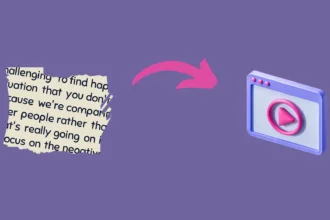GPT is a family of large language models (LLMs) developed by OpenAI. GPT models are trained on a huge set of text and code, and they can be used to make text, translate languages, write different kinds of creative content, and answer your questions in an informative way.
In this blog post, we will discuss what GPT is, what does GPT stand for, its history, how it works, the different versions of GPT, its applications, limitations, future, and how to use it.
What is GPT?
GPT is a large language model (LLM) developed by OpenAI. LLMs are trained on a massive dataset of text and code, and they can be used to generate text, translate languages, write different kinds of creative content, and answer your questions in an informative way.
GPT models are based on the transformer architecture, which is a neural network architecture that is particularly well-suited for natural language processing tasks. The transformer architecture lets GPT models learn how words in a sentence depend on each other over a long distance.
What does GPT stand for?
GPT stands for Generative Pre-trained Transformer. The “Generative” part of the name refers to the fact that GPT models can generate new text. The “Pre-trained” part of the name refers to the fact that GPT models are trained on a massive dataset of text and code before they are used. The “Transformer” part of the name comes from the way GPT models are built, which is based on neural networks.
The History of GPT
In 2018, the first version of GPT came out. It was a 117M parameter model that was trained on a set of text and code from the internet. GPT-2, the second version of GPT, came out in 2019. It was a 1.5B parameter model that was trained on a set of text and code that was 10 times bigger than the set that GPT was trained on.
GPT-3, the third version of GPT, came out in 2020. It was a 175B parameter model that was trained on a set of text and code that was 100 times bigger than the set that GPT-2 was trained on.
GPT-4, the fourth version of GPT, is still being made. It is expected to have 100B parameters and will be trained on a set of text and code that is 1000 times bigger than the set that GPT-3 was trained on.
How does GPT work?
GPT models use the transformer architecture to figure out how words in a sentence depend on each other over the long term. The architecture of a transformer is made up of an encoder and a decoder. The input sentence is read by the encoder, and the output sentence is made by the decoder.
The encoder is made up of several layers of self-attention. Each self-attention layer takes a set of vectors as input and gives out a new set of vectors as output. When making the output sequence, the self-attention layers learn to pay attention to different parts of the input sequence.
A stack of self-attention layers and a recurrent neural network (RNN) are what make up the decoder. The self-attention layers learn to pay attention to different parts of the input sequence, and the RNN learns to make the output sentence one word at a time.
The different versions of GPT
GPT is available in four different forms: GPT, GPT-2, GPT-3, and GPT-4. Each new version of GPT has more parameters than the version before it. This means that each new version of GPT can find more complicated patterns in the training data.
How to use GPT
GPT models can be used in a few different ways. Using a GPT-based API is one way. There are a number of GPT-based APIs, like the OpenAI API, that can be used. With these APIs, you can use GPT models to make text, translate languages, and give you informative answers to your questions.
GPT-based applications are another way to use GPT models. There are a number of GPT-based applications, such as the Jarvis application. With these apps, you can use GPT models to make text, translate languages, and give you helpful answers to your questions.
The applications of GPT
GPT models can be used for a variety of applications, including:
- Generating text
- Translating languages
- Writing different kinds of creative content
- Answering your questions in an informative way
- Summarizing text
- Writing different kinds of code
The limitations of GPT
GPT models have a number of limitations, including:
- They can be biased: GPT models are trained on a massive dataset of text and code, which means that they are likely to reflect the biases that are present in that data. For example, if a GPT model is trained on a dataset of text that is mostly written by men, then it is likely to generate text that is more biased towards men.
- They can be repetitive: GPT models can sometimes generate repetitive text. This is because they are trained on a dataset of text that contains a lot of repetition.
- They can be inaccurate: GPT models can sometimes generate inaccurate text. This is because they are trained on a dataset of text that contains a lot of errors.
- They can be fooled by adversarial examples: Adversarial examples are inputs that are designed to trick a machine learning model into making a mistake. GPT models are vulnerable to adversarial examples, which means that they can be tricked into generating text that is not accurate or even harmful.
The future of GPT
- GPT models could be used to create virtual assistants: Virtual assistants are computer programs that can understand our natural language and respond to our requests in a way that is similar to how a human assistant would. GPT models could be used to create virtual assistants that are more intelligent and capable than current virtual assistants.
- GPT models could be used to create new forms of art and literature: GPT models could be used to create new forms of art and literature that are more creative and expressive than traditional forms of art and literature.
- GPT models could be used to improve our understanding of the world: GPT models could be used to analyze large amounts of text and code to identify patterns and trends that would be difficult to identify with traditional methods. This could help us to improve our understanding of the world and to solve complex problems.
Conclusion
GPT is a powerful technology that could change the way we use computers in a big way. But it is important to know that GPT models have some flaws. GPT models can be biased, inaccurate, and prone to being hurt by examples that go against them. It is important to be careful when using GPT models and to know what they can’t do.
FAQs: What Does GPT Stand For
What does GPT stand for and what can it do?
GPT stands for Generative Pre-trained Transformer. It’s a language model that can generate text, translate languages, and answer questions informatively.
How has GPT evolved over time?
GPT has evolved from its initial 117M parameter model in 2018 to GPT-3 with 175B parameters in 2020. GPT-4 is currently in development.
What architecture does GPT use?
GPT uses the transformer architecture, consisting of an encoder and a decoder. This architecture excels in understanding the dependencies between words in a sentence.
What are some limitations of GPT models?
GPT models can be biased, repetitive, and sometimes inaccurate. They are also vulnerable to adversarial examples that can trick them into making errors.
How can one use GPT in applications?
GPT can be accessed through APIs like the OpenAI API or used in applications like Bard and Jarvis to generate text and perform various tasks.

![Best Mobile Games Your Should Try in 2024 [Trending Now] 2 Best Mobile Games](https://wideaiprompts.com/wp-content/uploads/2024/03/Best-Mobile-Games-330x220.webp)



![Best Mobile Games Your Should Try in 2024 [Trending Now] 9 Best Mobile Games](https://wideaiprompts.com/wp-content/uploads/2024/03/Best-Mobile-Games-150x150.webp)


